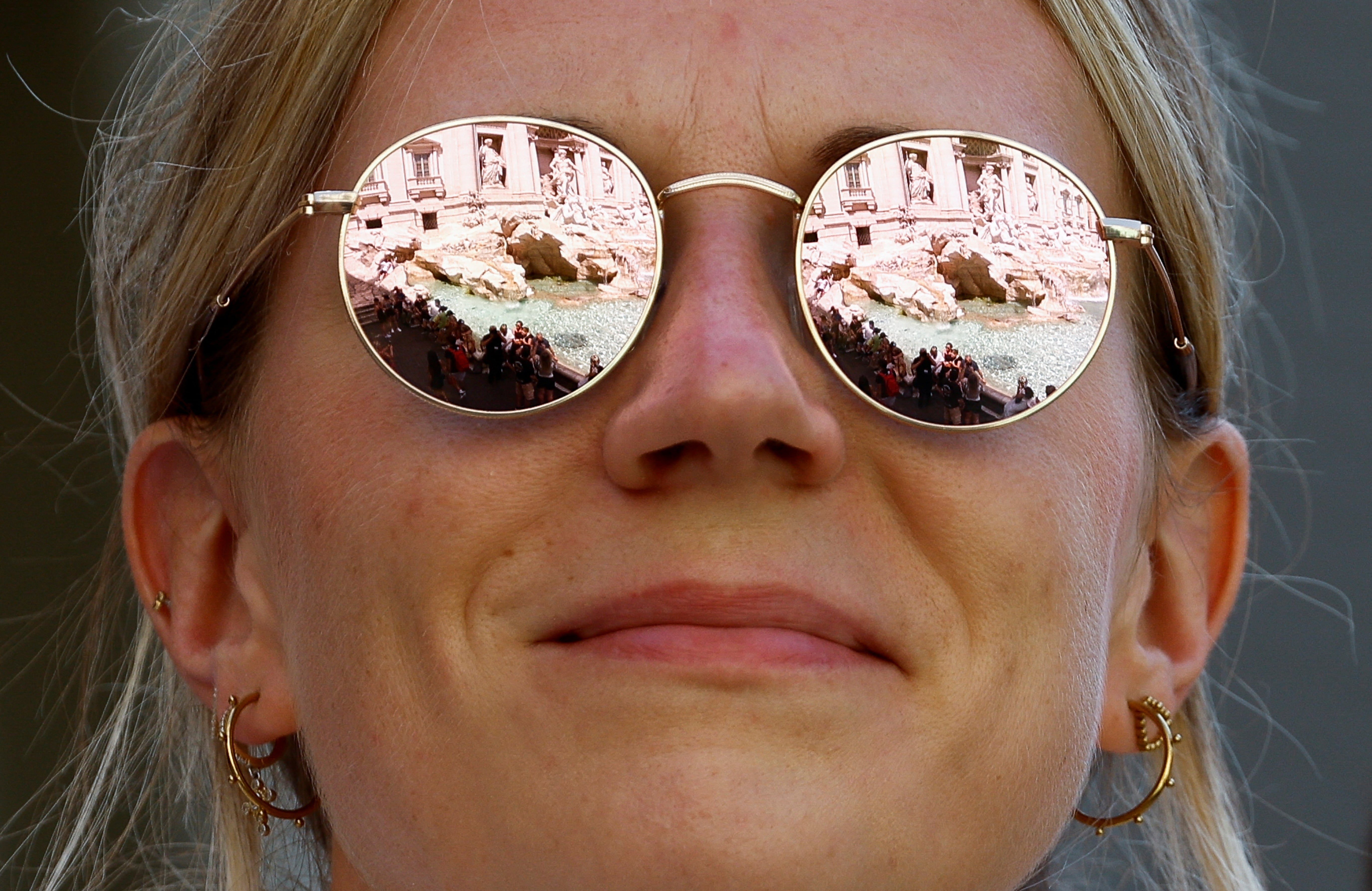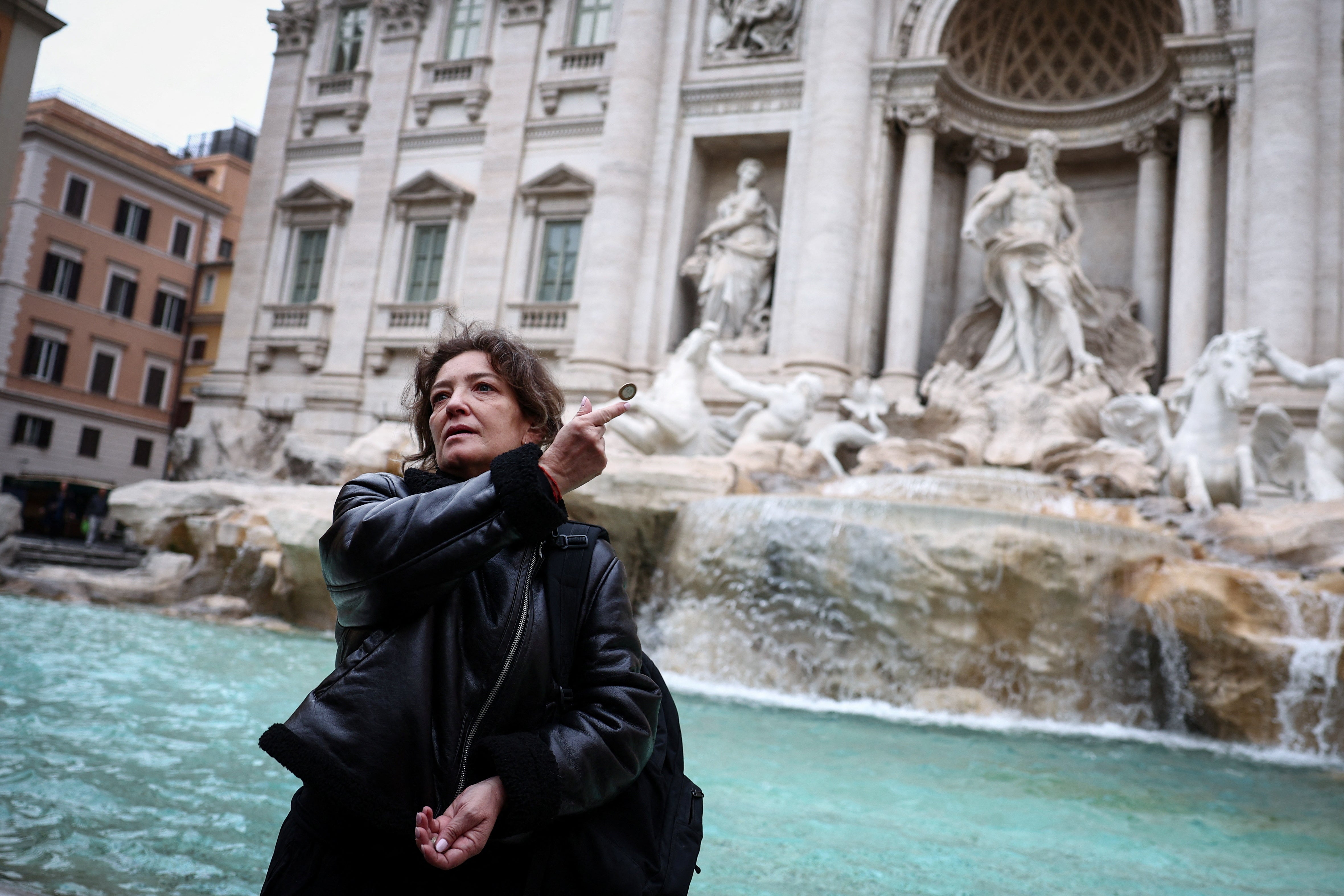Rome set to change rules for tourists visiting one of its busiest monuments
It will cost money and visitors will be limited

Your support helps us to tell the story
From reproductive rights to climate change to Big Tech, The Independent is on the ground when the story is developing. Whether it's investigating the financials of Elon Musk's pro-Trump PAC or producing our latest documentary, 'The A Word', which shines a light on the American women fighting for reproductive rights, we know how important it is to parse out the facts from the messaging.
At such a critical moment in US history, we need reporters on the ground. Your donation allows us to keep sending journalists to speak to both sides of the story.
The Independent is trusted by Americans across the entire political spectrum. And unlike many other quality news outlets, we choose not to lock Americans out of our reporting and analysis with paywalls. We believe quality journalism should be available to everyone, paid for by those who can afford it.
Your support makes all the difference.Rome is considering limiting access to one of its busiest monuments, ahead of an expected bumper year for tourism in the Eternal City, city council officials say.
Under the draft plans, visits to the Trevi Fountain would require a prior reservation, with fixed time slots and a limited number of people allowed to access the steps around it.
The Italian capital is preparing to host the 2025 Jubilee, a year-long Roman Catholic event expected to attract 32 million tourists and pilgrims.
“For Romans we are thinking of making it free, while non-residents would be asked to make a symbolic contribution, one or two euros ($1.1-2.2)”, Rome’s tourism councillor Alessandro Onorato told Thursday’s Il Messaggero newspaper.
On Wednesday, Mayor Roberto Gualtieri called measures to curb tourist numbers “a very concrete possibility.”
“The situation at the Trevi Fountain is becoming technically very difficult to manage,” he told reporters.

Other cities are facing protests over problems brought by so-called overtourism, including Barcelona and Venice, where local authorities tested this year an entry charge scheme for visitors.
The Trevi Fountain, where tradition dictates that visitors toss a coin to guarantee their return to Rome and fulfil their wishes, has long been a major attraction, even for visiting world leaders.
Completed in 1762, the monument is a late Baroque masterpiece, with statues of Tritons guiding the shell chariot of the god Oceanus, illustrating the theme of the taming of the waters.

It is also remembered for one of cinema’s most famous scenes when in Federico Fellini’s “La Dolce Vita” Anita Ekberg wades into the fountain and beckons her co-star Marcello Mastroianni to join her: “Marcello! Come here!”
Tourists have been warned the Italian city is going through a monumental facelift ahead of a likely 32 million tourists for the Roman Catholic Holy Year.
The Vatican holiday is putting Rome’s antiquated infrastructure under enormous strain.
Taking advantage of the event, a special celebration traditionally held every quarter of a century, Rome has pooled billions of euros of state and European funds to overhaul tourist sites, transport hubs, parks, streets and even its rubbish bins.
The frenzy of work has snarled traffic, to the fury of residents, and left some visitors this summer feeling short-changed as they weave their way through myriad building sites, but Mayor Roberto Gualtieri promises it will all be worth it.
Join our commenting forum
Join thought-provoking conversations, follow other Independent readers and see their replies
Comments